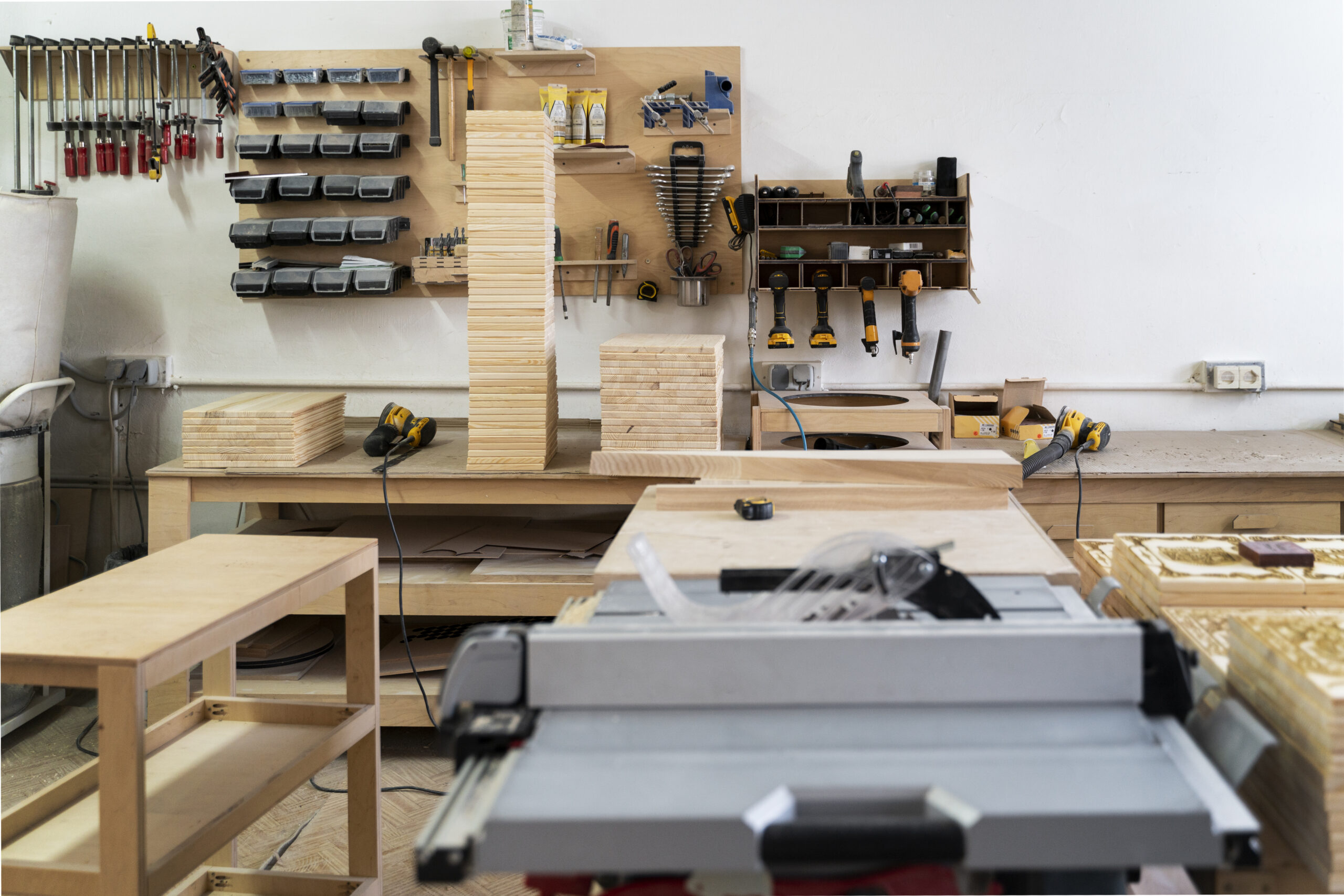Understanding Penetrating Wood Finishes
Wood is a versatile material, found everywhere from furniture to floors. To maintain its beauty and durability, it requires a good finish. Penetrating wood finishes provide protection from the inside out. Unlike surface finishes which form a top layer, penetrating finishes are absorbed into the wood.
The Basics of Penetrating Finishes
Penetrating finishes soak into wood fibers, strengthening them. This results in a natural look. Common types include oils and waxes. They enhance wood grain without altering texture. They’re applied with a cloth or brush and wiped off excess. The goal is to let the wood absorb as much as it needs.
Types of Penetrating Wood Finishes
- Linseed Oil: Derived from flax seeds, linseed oil is traditional. It darkens wood over time and provides a rich appearance.
- Tung Oil: Extracted from the seeds of the tung tree, it forms a hard, protective layer that’s water-resistant.
- Danish Oil: A blend of oil and varnish, it penetrates deeply and offers some surface protection.
- Mineral Oil: A non-drying oil, often used for cutting boards and butcher blocks. It needs regular reapplication to maintain its effectiveness.
- Wax: Although not an oil, wax soaks into surface fibers, providing a degree of protection and sheen.
- Shellac: Made from natural resin, often mixed with alcohol. Though traditionally a surface finish, when thinned, it can penetrate wood slightly.
Application Process
Preparing the wood is critical. Sand the surface smooth to allow the finish to penetrate. Clean the wood to remove dust particles. Stir the finish thoroughly before using. Apply liberally with a clean cloth. Allow time for absorption. Wipe excess after 15-30 minutes. Multiple coats improve protection and aesthetics. Sand lightly between each coat for smoothness.
Advantages of Penetrating Finishes
They enhance the natural beauty of wood. The finishes allow for easier future application. They’re generally non-toxic, especially after curing. They make the wood more resistant to moisture. Penetrating finishes are easier to repair than surface finishes. If the finish gets damaged, simple reapplication fills in the affected area.
Limitations to Consider
They offer less protection against scratches compared to films. Regular maintenance is needed, especially in high-use furniture. Over time, finishes like linseed oil may yellow the wood. It’s important to select the right finish type for each project. Certain oils can darken the wood, altering its natural look. Some penetrating finishes might not be suitable for external use due to limited UV protection.
Care and Maintenance
- Reapply finish as needed, typically every few months for high-use items.
- Clean wood surfaces with a damp cloth; avoid harsh chemicals.
- Use coasters and placemats to reduce water rings on furniture.
- Maintain a consistent indoor environment to limit wood expansion.
Selecting the Right Finish for Your Project
Consider the wood type. Softer woods like pine may need tung oil for added protection. For a natural look on oak, linseed oil works well. For indoor furniture, Danish oil offers a good balance of penetration and surface protection. For food-contact surfaces, mineral oil is a safe option. Evaluate environmental exposure. If wood is outdoors, additional protective agents might be required.
Environmental Impact and Safety
Many penetrating finishes are eco-friendly. Linseed and tung oils are biodegradable. Natural waxes are renewable resources. Ensure proper ventilation during application to avoid inhalation of fumes. Dispose of oil-soaked rags properly to prevent spontaneous combustion. Research the product’s safety data sheet for more information.
Conclusion
Choosing the right penetrating finish depends on various factors. Understanding the characteristics of each type can help in making an informed decision. A properly maintained wood finish extends the life and beauty of wood items.
